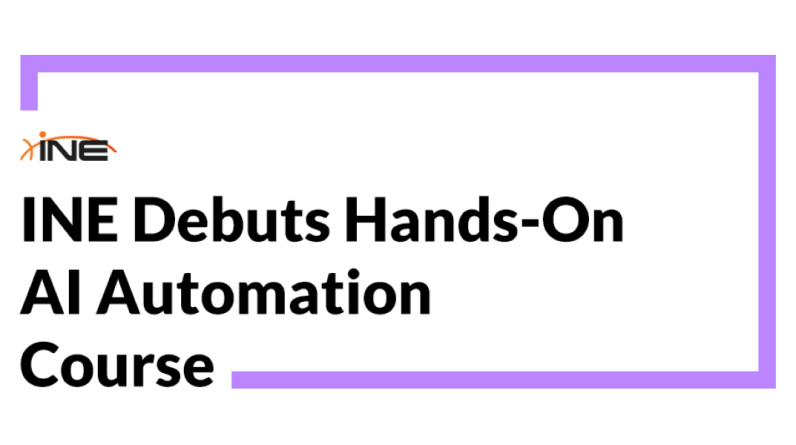
Adi Klevit, Founder of Business Success Consulting Group, helps leaders turn chaos into clarity with systems that scale.
Many business leaders today are hearing the same message: “AI will revolutionize your operations.” But here’s the truth no one likes to say out loud: AI alone can’t fix chaos. In fact, it can magnify it.
I recently worked with an organization that rolled out an AI-powered customer intake system, expecting efficiency gains overnight. Instead, satisfaction dropped and operations slowed. When I asked how their process worked before automation, the team paused. No one had written it down.
The system didn’t fail because of the technology. It failed because there was no foundation.
What AI Won’t Fix
AI doesn’t create order; it simply scales whatever already exists. I’ve seen many teams treat automation as a shortcut to efficiency, deploying AI tools across entire workflows before taking the time to clarify what those workflows actually are. The results are predictable: Tasks get done faster but not necessarily better. Customer touchpoints feel less personal, internal accountability blurs and frustration rises.
If your workflows are already inconsistent, AI will likely just make that inconsistency happen faster. When you skip the step of mapping out how things should work, you remove the guardrails that make automation effective. That’s why, before automating, it’s important to understand what actually happens in your business, and why.
When Preparation Pays Off
This is where standard operating procedures (SOPs) come in. Far from being mere bureaucracy, SOPs are the blueprints that make intelligent automation possible.
In my experience, taking the time to document before automating can create very different results in your AI initiatives. When you start by mapping your customer or employee journey, clarifying ownership and simplifying steps through clear SOPs, it allows the AI layer to fit naturally. I’ve found that when this process is done well, both clients and employees feel the difference, often through smoother communication and expanded team capacity. In my experience, the teams that invest the time to build a foundation are the ones that actually move faster later.
The Leadership Playbook: Map, Measure, Automate
Whether you lead a department, a division or an entire company, successful automation typically follows a three-step sequence:
1. Map. Identify your most critical recurring workflows. Document how they actually happen today, not how you think they happen.
2. Measure. Define what success looks like—time saved, fewer errors, faster delivery, etc.—so you can track the real impact of automation.
3. Automate. Apply AI to stable, clearly defined processes first. Start with one pilot area, learn and then expand.
This sequence can help you turn automation from a risk into a strategic advantage. However, shared accountability is also important. Leaders at every level should play a role in building structure before introducing technology. Executives set the expectation, managers ensure documentation happens on the ground and team leads keep processes alive by updating them as work evolves. You don’t need hundreds of SOPs to begin; just focus on the 20% of processes that drive 80% of your results.
Final Thoughts
I’ve found that AI has the power to transform how we work but only for teams that treat it as a force multiplier, not a shortcut. Without structure, automation amplifies confusion. With structure, it amplifies capacity. That’s why it’s important to balance human intelligence with machine efficiency, using systems as the bridge between the two.
Forbes Business Council is the foremost growth and networking organization for business owners and leaders. Do I qualify?







